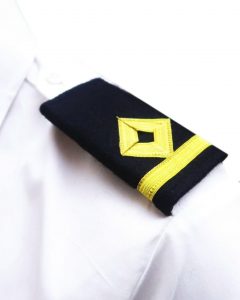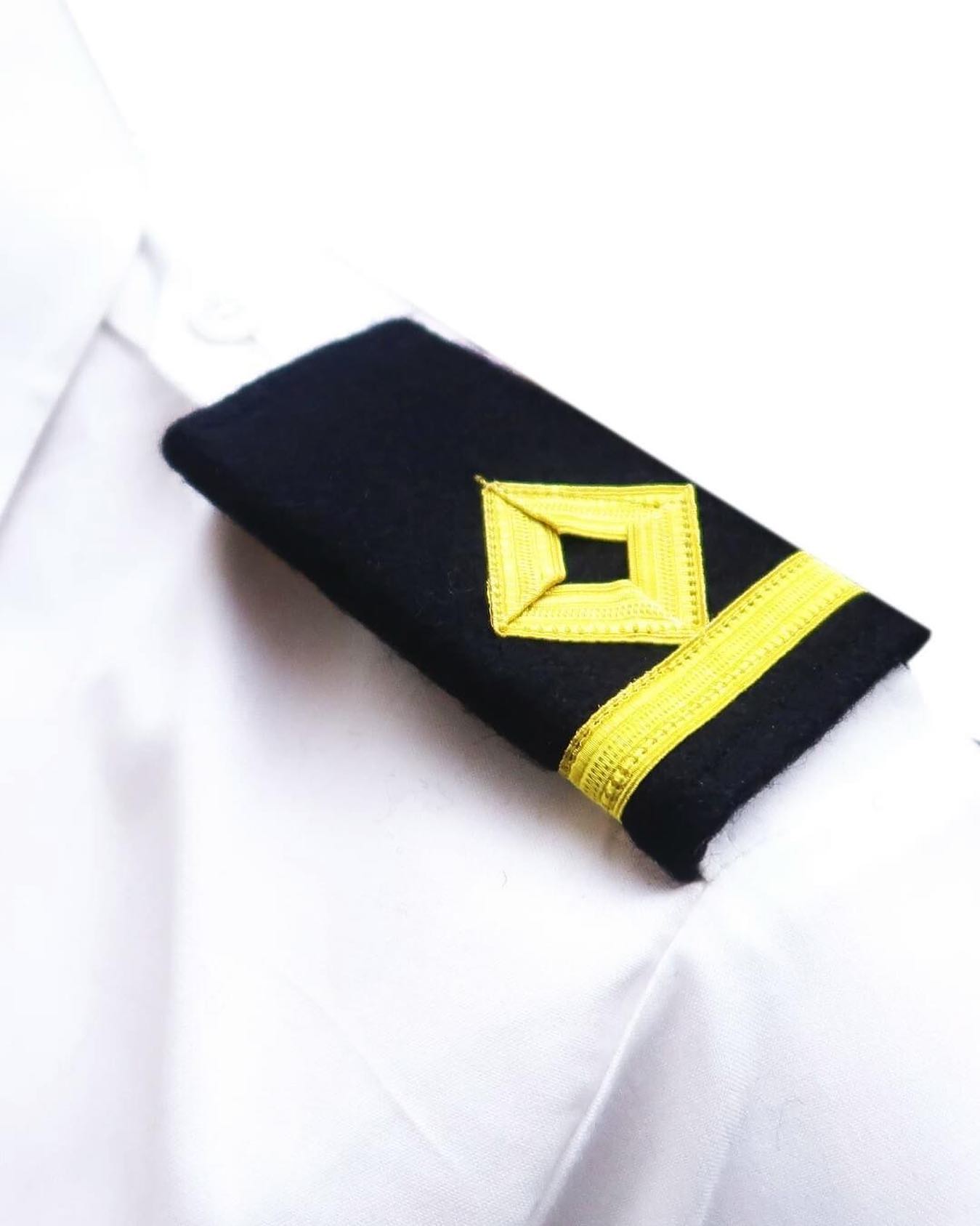Navigational watchkeeping is a critical activity that takes place on the navigational bridge of commercial ships. It involves maintaining a lookout, monitoring the ship’s position and movements, and making navigational decisions to ensure the safe and efficient passage of the ship. The navigational watchkeeping responsibilities are typically divided among the officers on the bridge. The officers take turns monitoring the ship’s movements, maintaining a lookout, and making navigational decisions. The navigational watchkeeping activities are governed by international regulations and ship-specific procedures.
The key tasks involved in navigational watchkeeping on commercial ships include maintaining a lookout to detect potential hazards, monitoring the ship’s position, speed, and heading using navigational aids such as radar, GPS, and ECDIS, making navigational decisions based on the information gathered from the navigational aids and the lookout, communicating with the crew to ensure everyone is aware of the ship’s movements and any potential hazards, and maintaining a log of the ship’s position, movements, and navigational decisions.
The Marine Third Officer is an entry-level officer position onboard commercial ships with various duties and responsibilities, including assisting the Navigation Officer in monitoring the ship’s position, speed, and heading using navigational aids, maintaining a lookout, conducting regular safety inspections of the ship’s equipment and machinery, participating in cargo operations, assisting in routine maintenance and repairs of the ship’s equipment and machinery, participating in safety drills, and maintaining logs and records related to the ship’s position, movements, and navigational decisions. Overall, the Marine Third Officer plays a critical role in ensuring the safe and efficient operation of the ship and must have a strong understanding of navigational aids and procedures, effective teamwork skills, and preparedness to take on various responsibilities for the vessel’s successful operation.

The Marine Third Officer is an entry-level officer position onboard commercial ships, and their duties and responsibilities can vary depending on the type and size of the vessel. However, some of the typical duties, tasks, and jobs of a Marine Third Officer on commercial ships may include:
- Navigation: The Marine Third Officer is responsible for assisting the Navigation Officer in monitoring the ship’s position, speed, and heading using navigational aids such as radar, GPS, and Electronic Chart Display and Information System (ECDIS).
- Watchkeeping: The Marine Third Officer is required to maintain a lookout during their assigned watch and report any hazards or changes in weather conditions to the Navigation Officer.
- Safety inspections: The Marine Third Officer is responsible for conducting regular safety inspections of the ship’s equipment, machinery, and systems to ensure that they are functioning properly and comply with international regulations.
- Cargo operations: The Marine Third Officer may be involved in cargo operations, such as loading and unloading cargo, ensuring that it is stowed and secured properly, and monitoring the condition of the cargo during transit.
- Maintenance and repairs: The Marine Third Officer may assist the engineering department in conducting routine maintenance and repairs of the ship’s equipment and machinery.
- Safety drills: The Marine Third Officer is required to participate in regular safety drills, such as fire drills and abandon ship drills, to ensure that they are prepared in case of an emergency.
- Administrative tasks: The Marine Third Officer may be responsible for maintaining logs and records (Record-keeping) related to the ship’s position, movements, and navigational decisions, as well as any communications with other vessels or shore stations.
Overall, the Marine Third Officer plays a critical role in ensuring the safe and efficient operation of the ship. They must have a strong understanding of navigational aids and procedures, be able to work effectively as part of a team and be prepared to take on a range of responsibilities to ensure the successful operation of the vessel.
Typical Exam for a Third Navigation Deck Officer Students:
- Navigation: Explain the different types of navigational aids used on board commercial ships, and describe the procedures for calculating the ship’s position, speed, and heading using these aids.
- Collision regulations: Explain the International Regulations for Preventing Collisions at Sea (COLREGS), and describe how they apply to commercial ships.
- Ship stability: Describe the principles of ship stability, and explain how to calculate the ship’s stability and trim.
- Ship construction and maintenance: Describe the main components of a ship’s hull and machinery, and explain the principles of ship maintenance and repair.
- Safety procedures: Explain the procedures for conducting safety drills, including fire drills, abandon ship drills, and man-overboard drills.
- Cargo operations: Describe the procedures for loading and unloading cargo, and explain the importance of properly stowing and securing cargo.
- Communications: Describe the different types of communication systems used on board commercial ships, including VHF radio, satellite communications, and GMDSS, and explain how to use them effectively.
- International regulations: Explain the International Convention for the Safety of Life at Sea (SOLAS), and describe the requirements for ships to comply with this convention.
Overall, the exam questions for a certificate of competency for a third navigation deck officer student are designed to test their knowledge and proficiency in a range of areas related to navigation, safety, ship construction and maintenance, cargo operations, and international regulations. The questions are designed to ensure that the student has a thorough understanding of the principles and procedures involved in operating a commercial ship safely and efficiently.
By MaritimEducation team.

